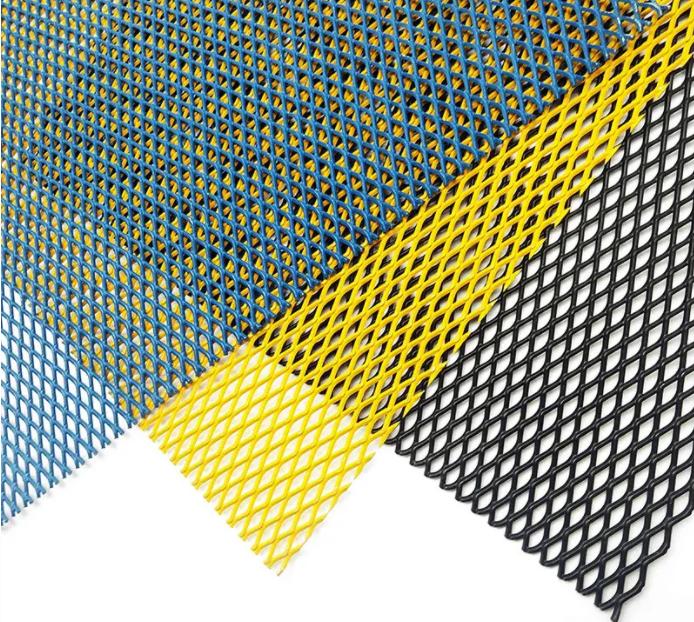 TEL:
+86-13102802206
TEL:
+86-13102802206
 Email:
fencenetting@china.com
Email:
fencenetting@china.com
 Language
Language
 TEL:
+86-13102802206
TEL:
+86-13102802206
 Email:
fencenetting@china.com
Email:
fencenetting@china.com
 Language
Language


The Significance of White Window Screen Mesh in Modern Architecture
In the world of modern architecture and home design, every detail counts, no matter how small. One such detail that often goes unnoticed, yet plays a crucial role in the functionality and aesthetics of a home, is the window screen mesh, particularly the white window screen mesh. Often overlooked, this seemingly simple component can significantly impact both the practicality and beauty of a living space.
Functionality of Window Screen Mesh
At its core, window screen mesh serves a functional purpose it keeps unwanted insects and debris out of our homes while allowing fresh air to circulate freely. In regions where flies, mosquitoes, and other pests are prevalent, window screens are crucial for maintaining a comfortable living environment. The white window screen mesh, in particular, is favored for its ability to blend seamlessly with many architectural styles. Its neutral hue ensures that it does not detract from the overall aesthetics of a building while still performing its essential functions.
The materials used in window screen mesh have evolved significantly over the years. Modern white window screens are often made from materials such as fiberglass, aluminum, or polyester, which offer durability and resistance to rust and weathering. These materials ensure that the screens not only last but also maintain their appearance over time. Additionally, their fine mesh design allows for optimal airflow while providing a barrier against even the tiniest of insects.
Aesthetic Appeal and Design Versatility
Beyond functionality, the aesthetic appeal of white window screen mesh cannot be understated. The color white is synonymous with cleanliness, simplicity, and elegance. It complements a variety of architectural styles, from rustic to contemporary, without imposing on the overall visual theme of a building. Pairing white mesh screens with other design elements, such as wood or metal frames, can create a cohesive look that enhances the home’s exterior.

Architects and interior designers often utilize white window screen mesh in their designs to create an open and airy feel. In homes with large windows or glass doors, the use of white screens can maximize natural light while ensuring the views remain unobstructed. This approach is particularly beneficial in urban areas where outdoor spaces are limited; homeowners can enjoy the view without sacrificing comfort.
Maintenance and Longevity
Another advantage of opting for white window screen mesh is the ease of maintenance. Unlike darker screens, which may fade or show dirt and dust more readily, white screens provide a clean and fresh appearance with minimal upkeep. Regular cleaning can easily restore their luster, ensuring that they continue to enhance the beauty of your home. Furthermore, many manufacturers offer screens that are resistant to staining and fading, adding to their longevity and visual appeal.
In addition, the choice of white mesh can also contribute to energy efficiency in a home. By allowing natural light to filter through while reducing glare, these screens can help maintain a comfortable indoor climate, reducing the reliance on artificial lighting and climate control systems. This not only translates to energy savings but also promotes a sustainable lifestyle.
Conclusion
In conclusion, the white window screen mesh is an unsung hero in modern architecture and design. Its functional advantages in pest control and airflow are complemented by its aesthetic versatility and ease of maintenance. As homeowners and architects increasingly seek to create harmonious and functional living spaces, the humble window screen mesh emerges as an essential component that balances practicality with beauty. Embracing this simple yet effective feature can lead to significant improvements in both the comfort and visual appeal of any home, making it a choice well worth considering in contemporary design.